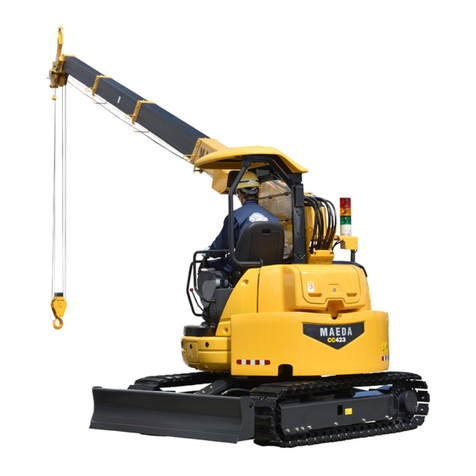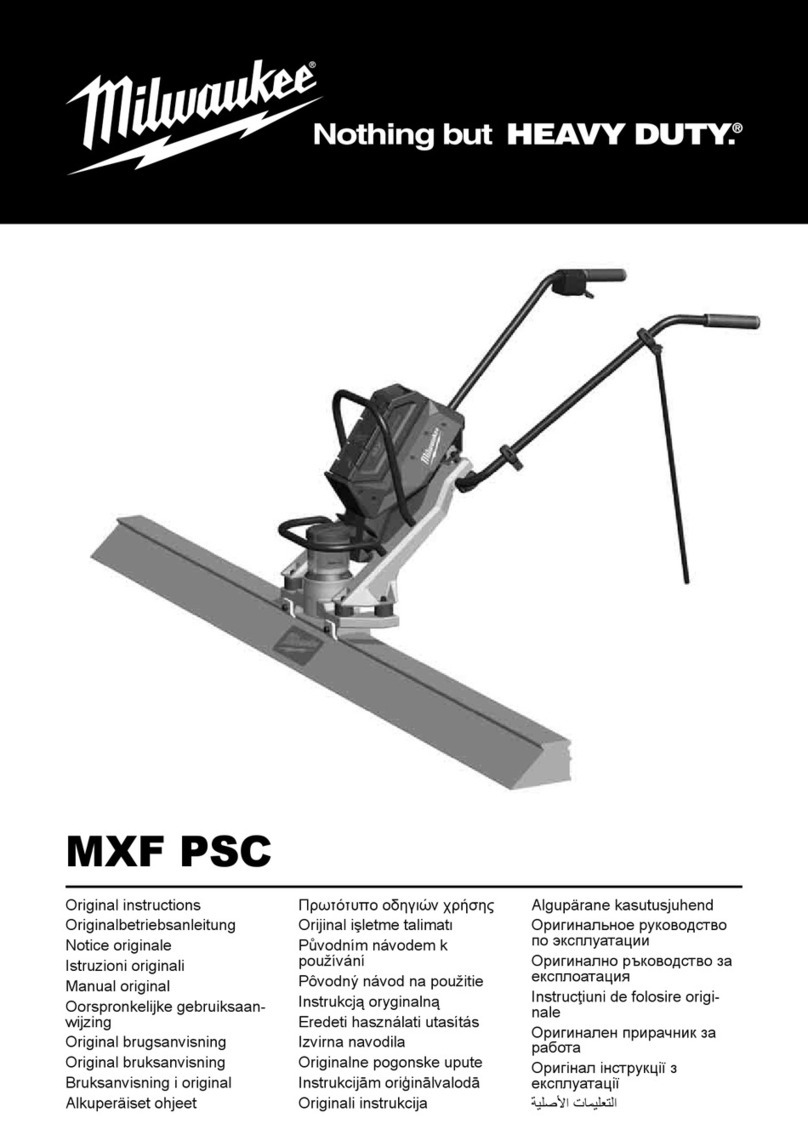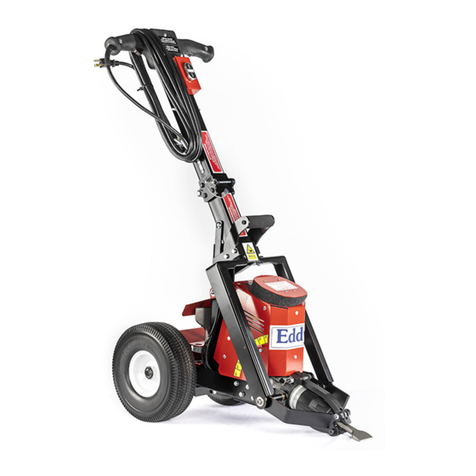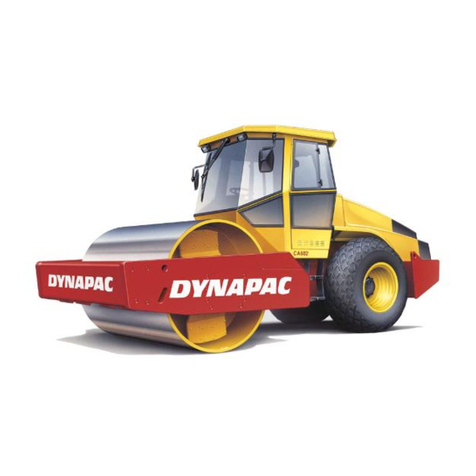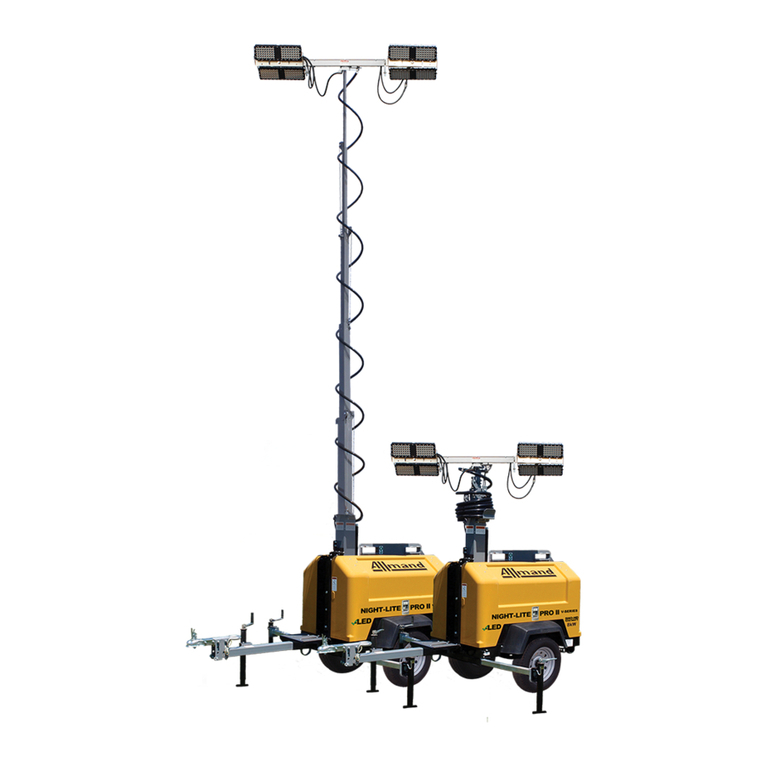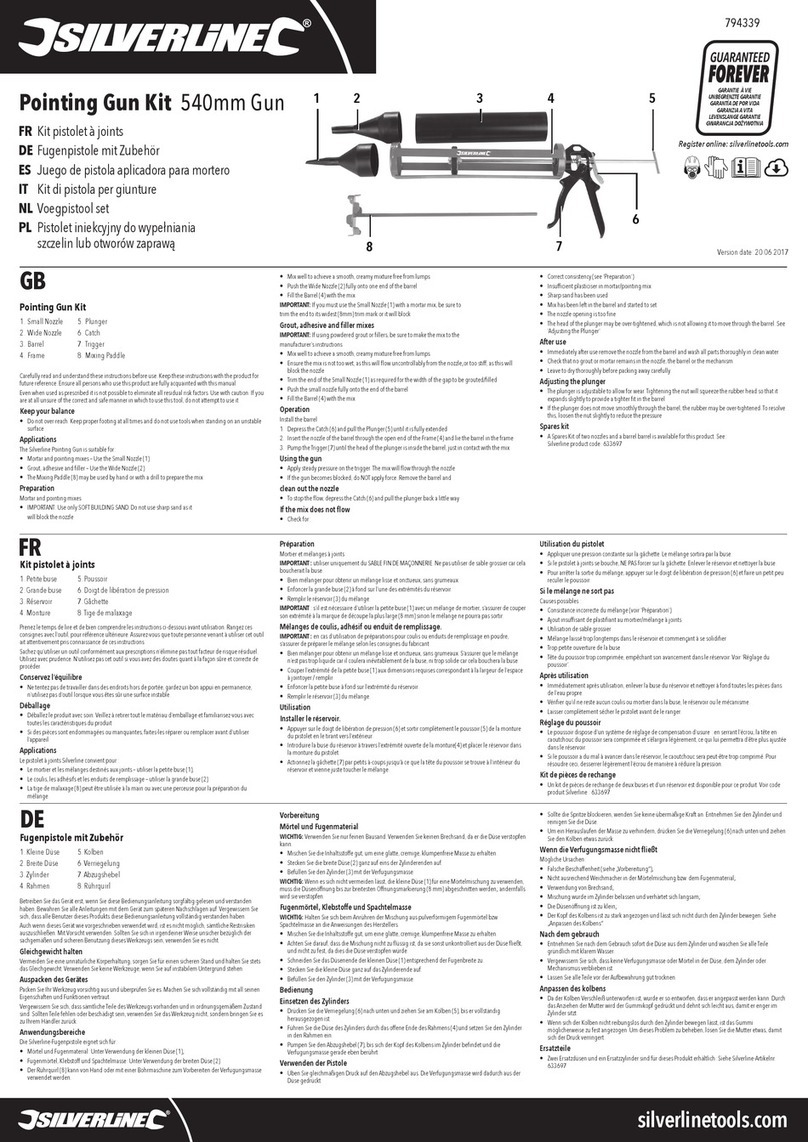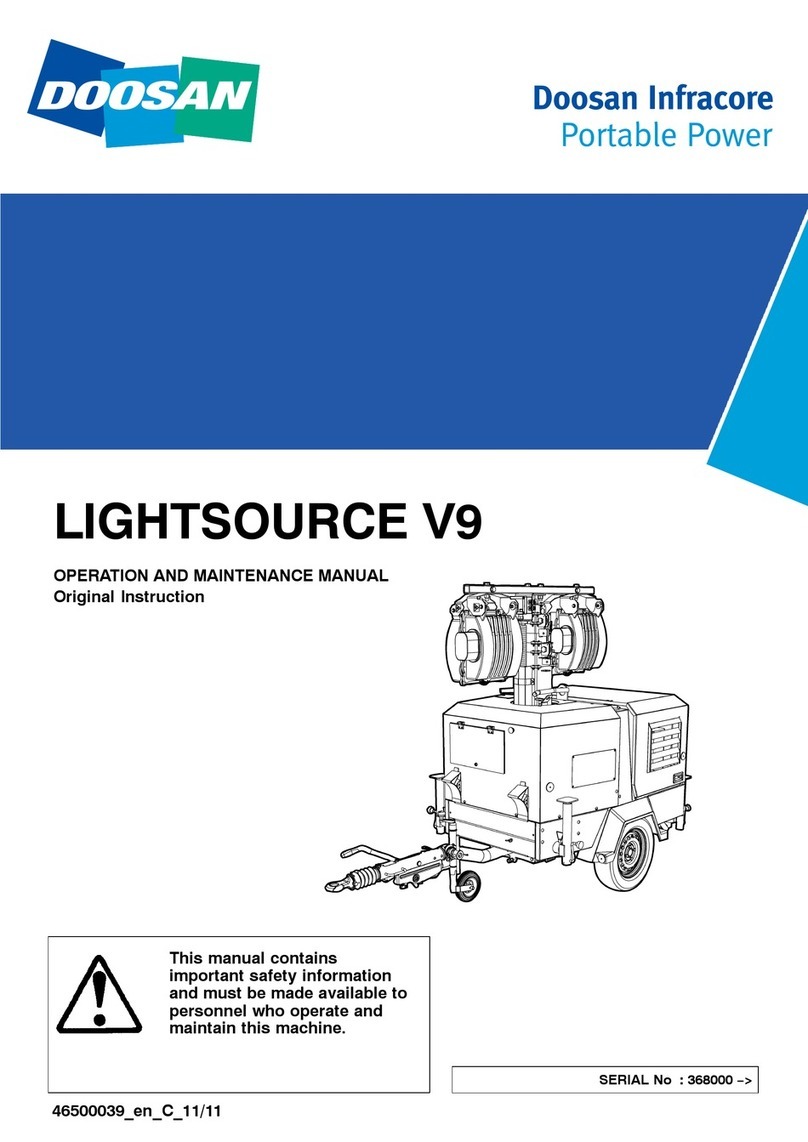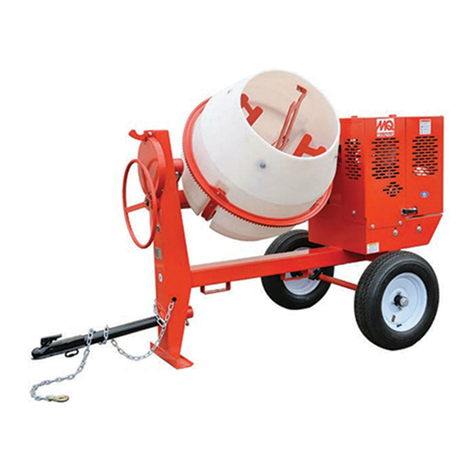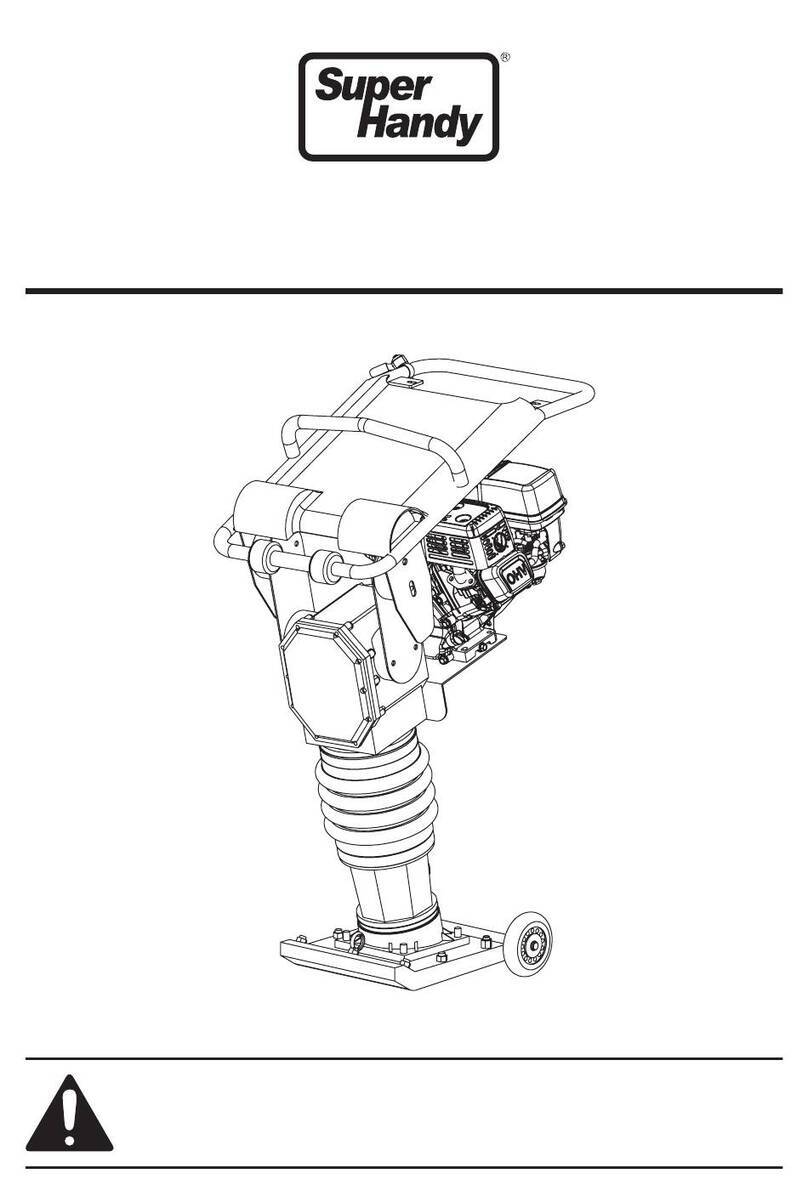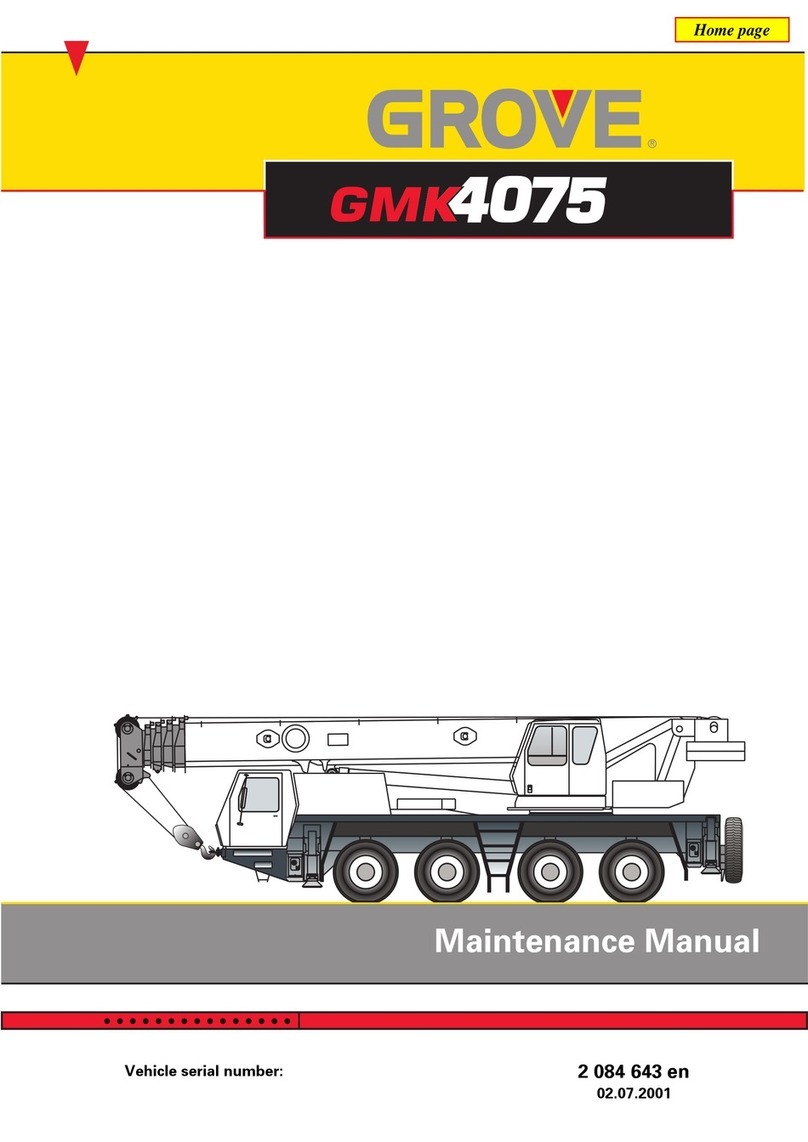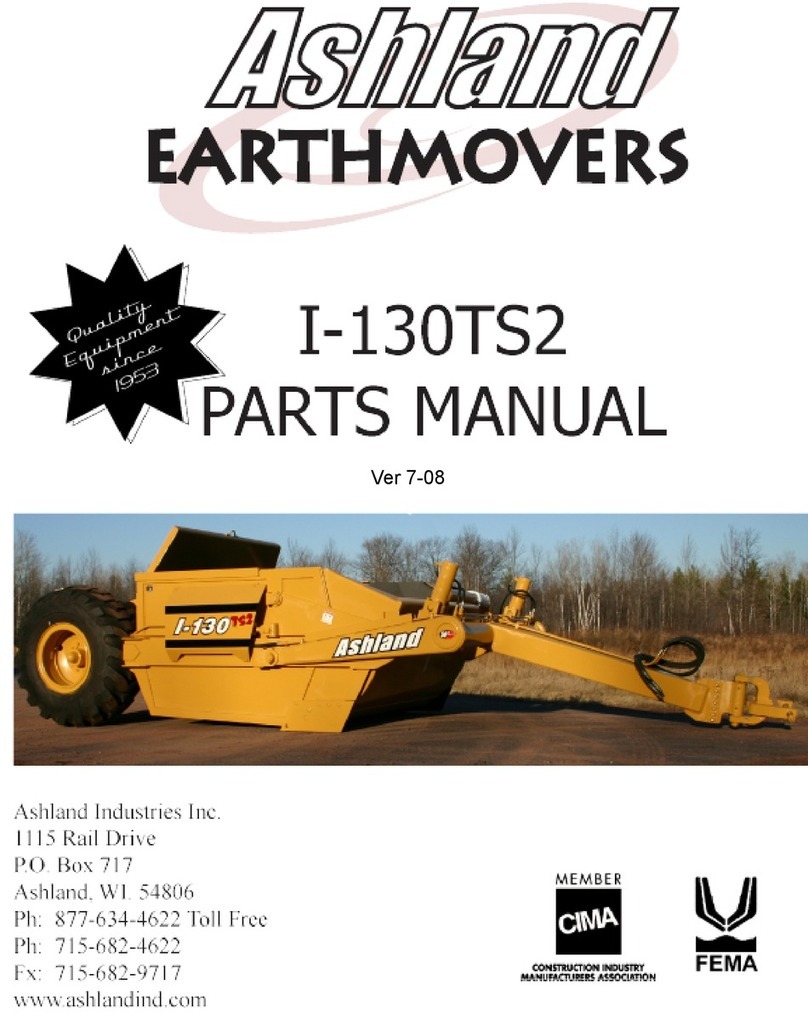Maeda HIRD MC815 User manual




















Table of contents
Other Maeda Construction Equipment manuals
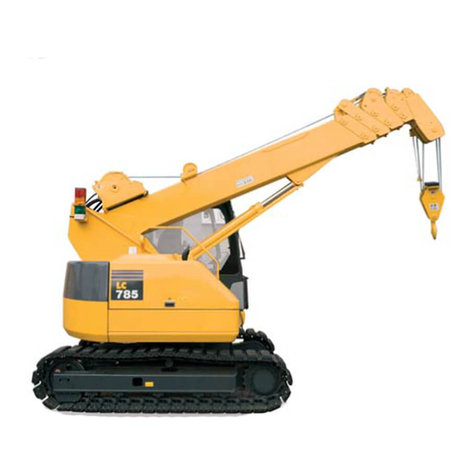
Maeda
Maeda LC785M-6B User manual
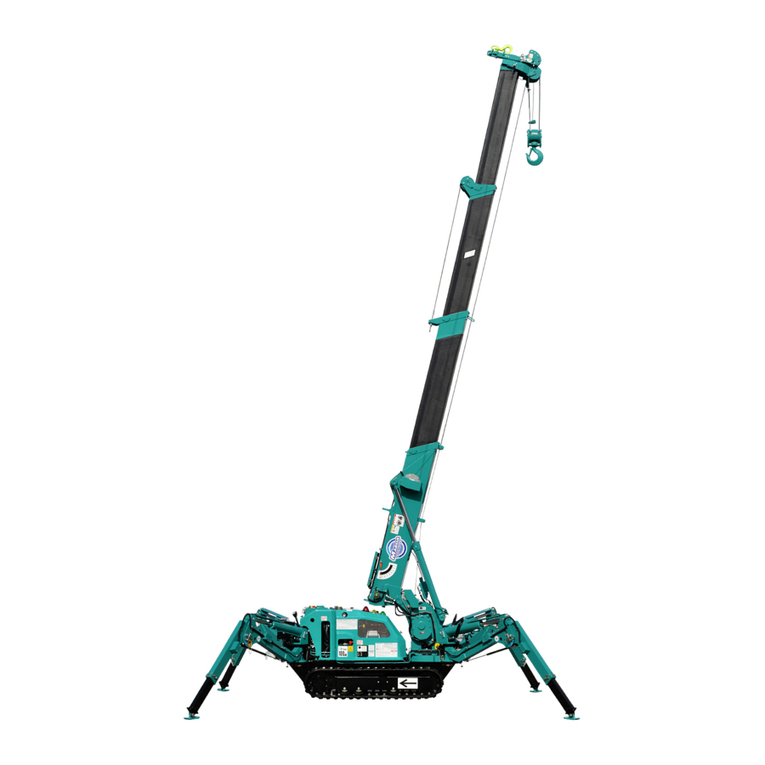
Maeda
Maeda MC-174CRM User guide

Maeda
Maeda MC-174CRM User manual
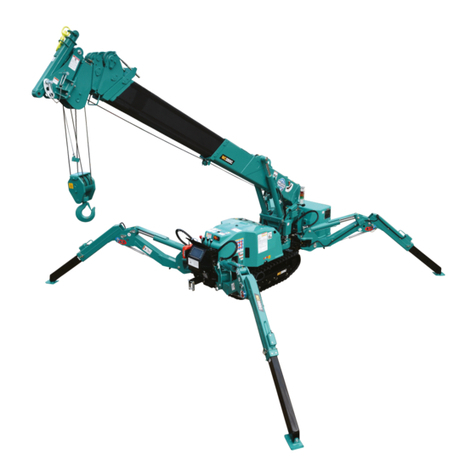
Maeda
Maeda MC-285C User manual
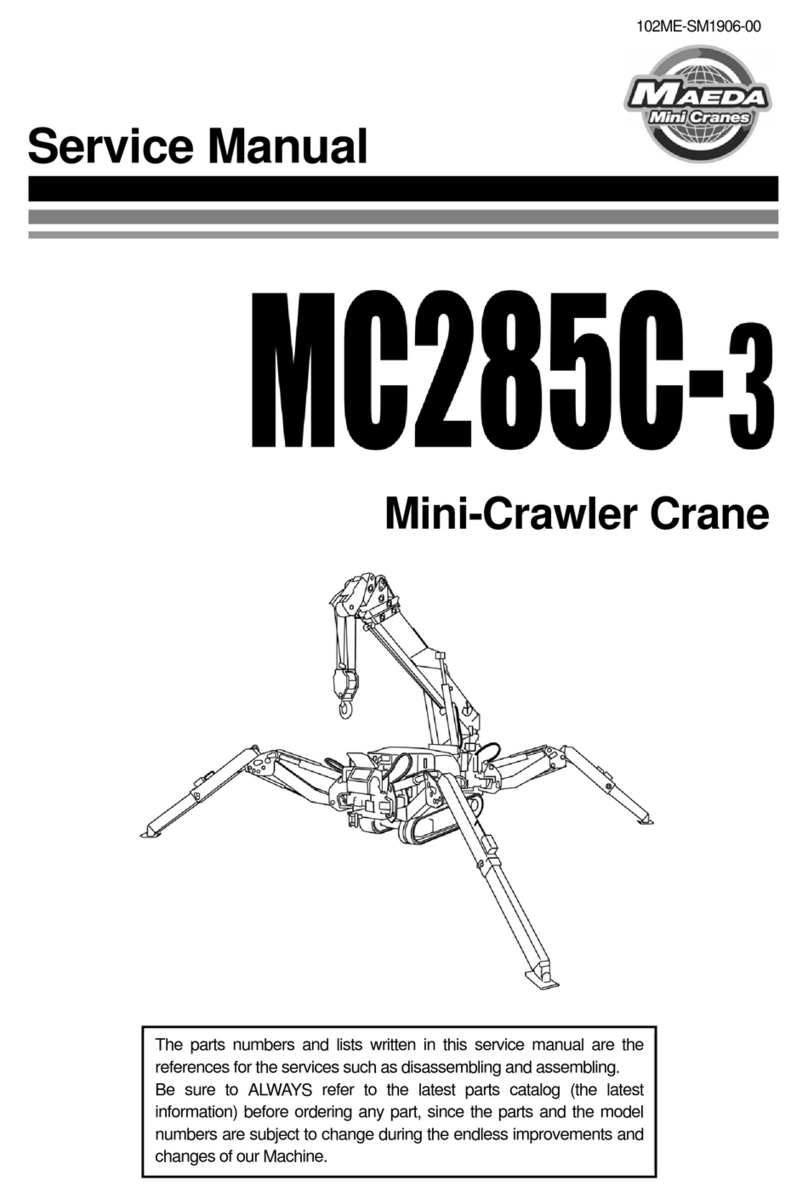
Maeda
Maeda MC285C-3 User manual
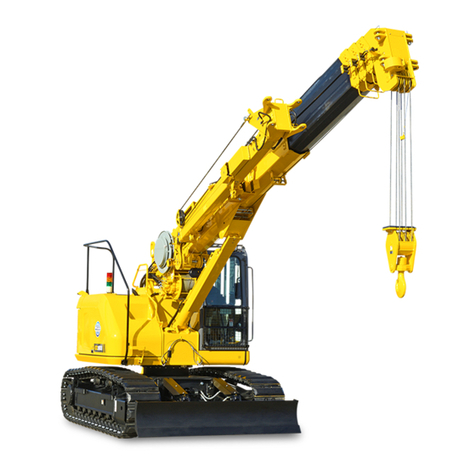
Maeda
Maeda CC1908S-1 User manual
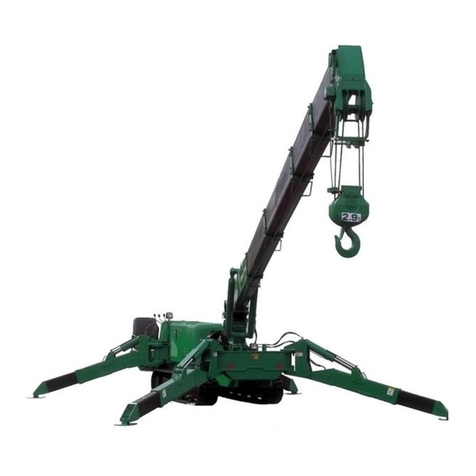
Maeda
Maeda MC-305C-2 User manual
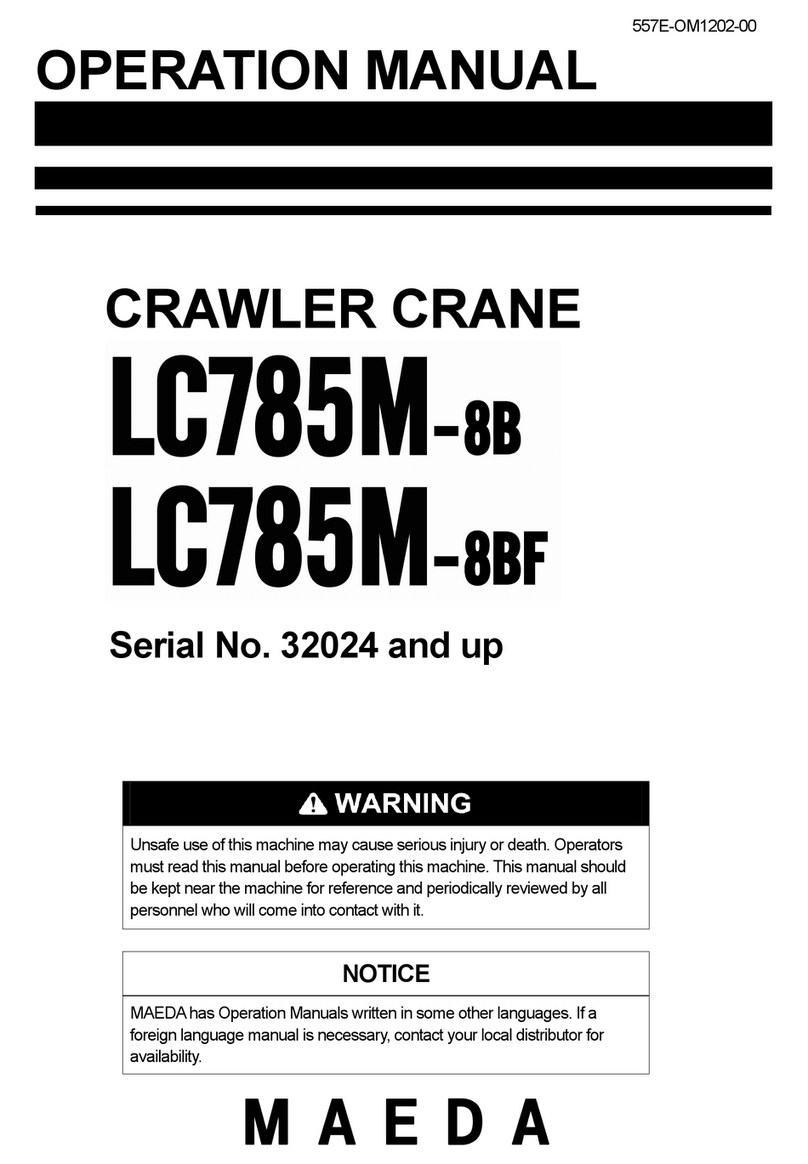
Maeda
Maeda LC785M-8B User manual
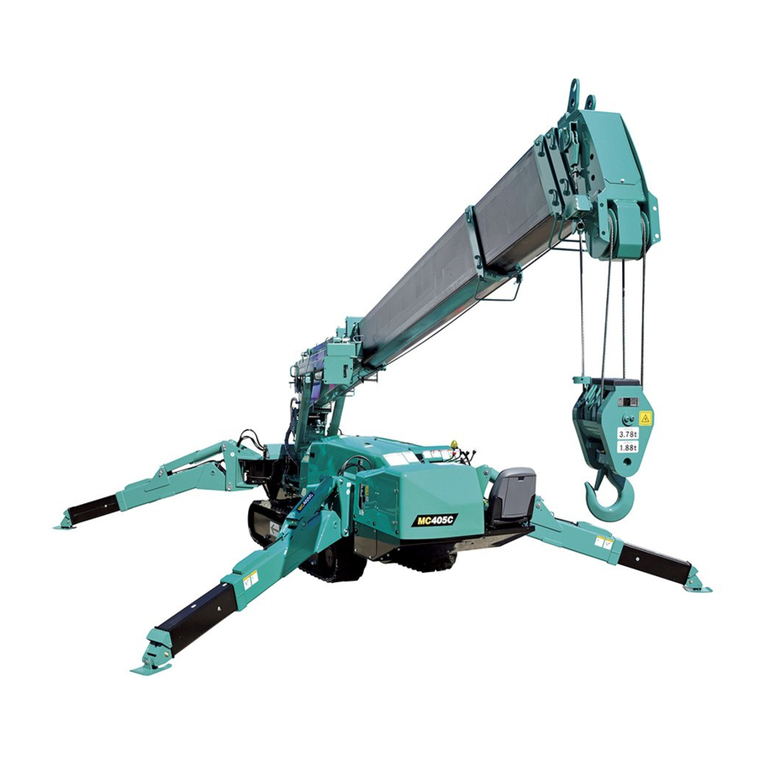
Maeda
Maeda MC405C-3 User manual
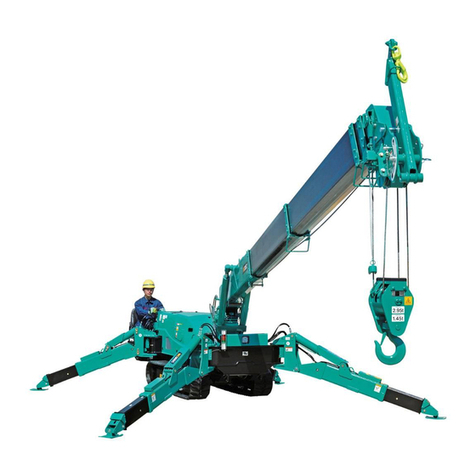
Maeda
Maeda MC305C-3 User manual

Maeda
Maeda MC405C-3 User manual

Maeda
Maeda MC-305C-2 User guide
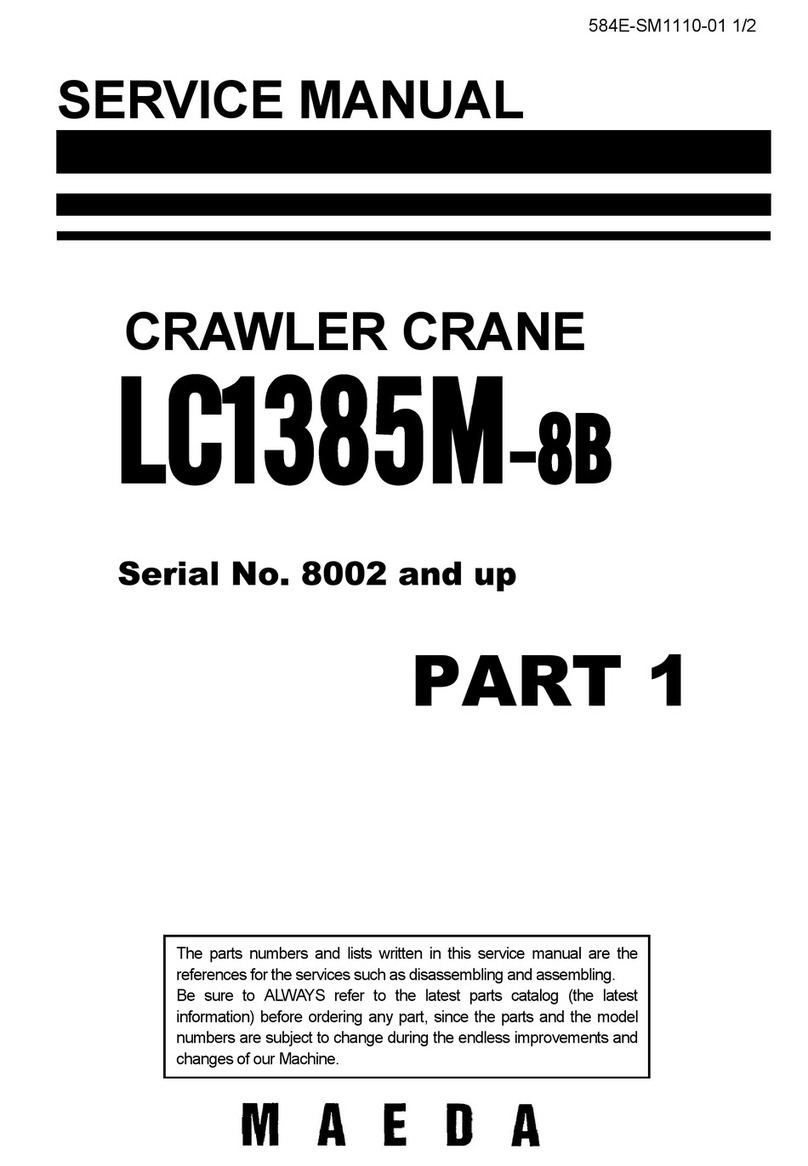
Maeda
Maeda LC1385M-8B User manual

Maeda
Maeda MC-174CRM User manual
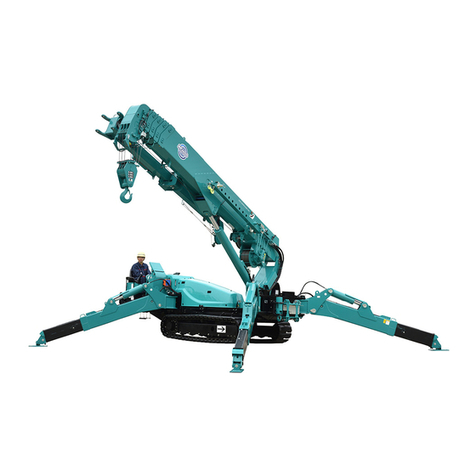
Maeda
Maeda MC815C User guide
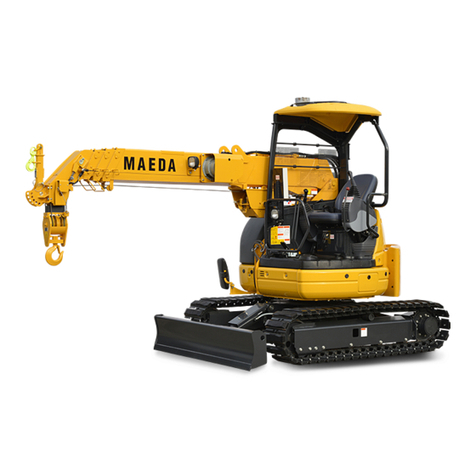
Maeda
Maeda LC383M-5 User manual
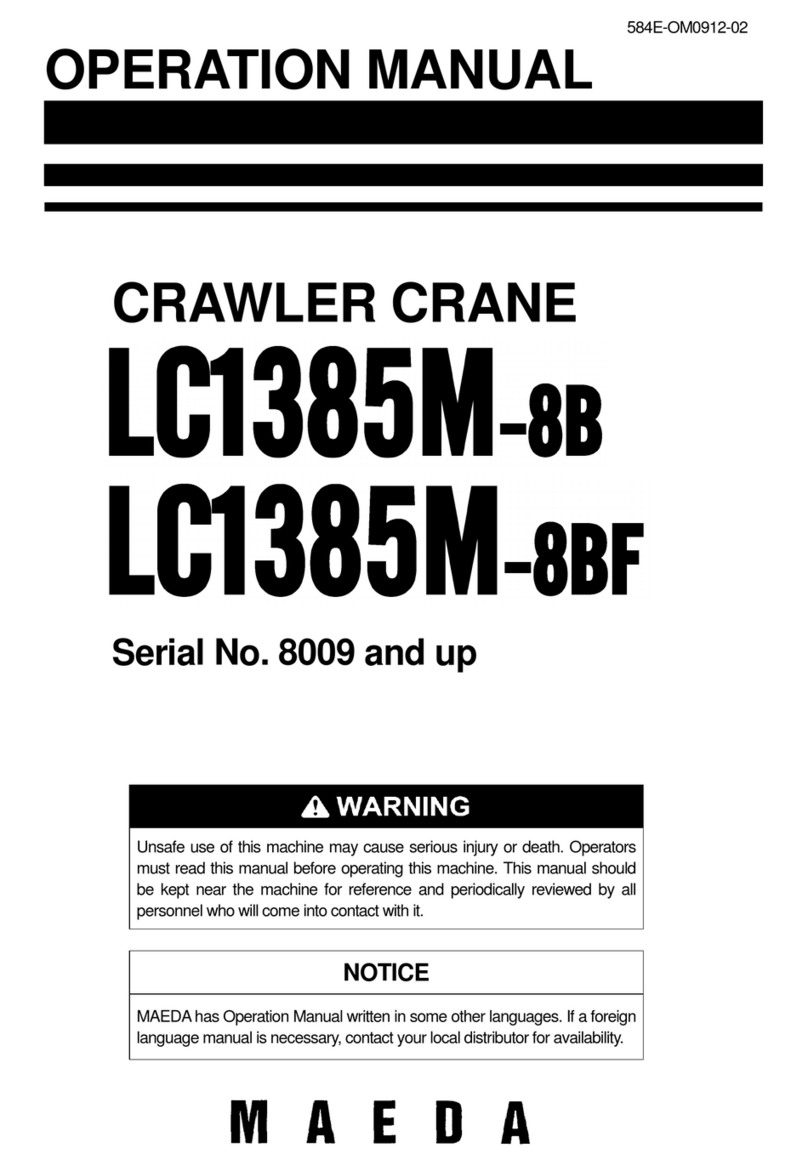
Maeda
Maeda LC1385M-8BF User manual
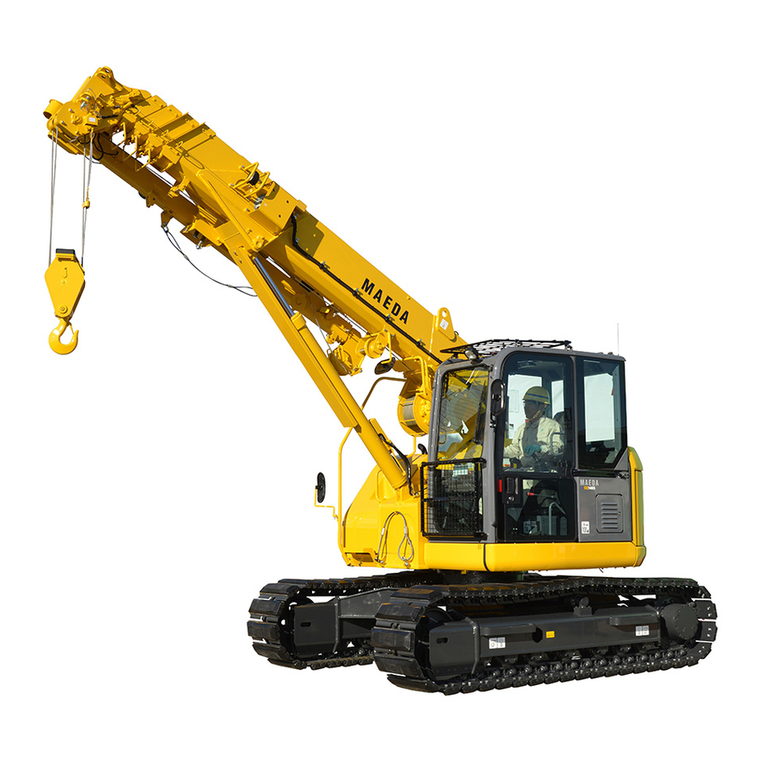
Maeda
Maeda CC1485S-1 Installation manual
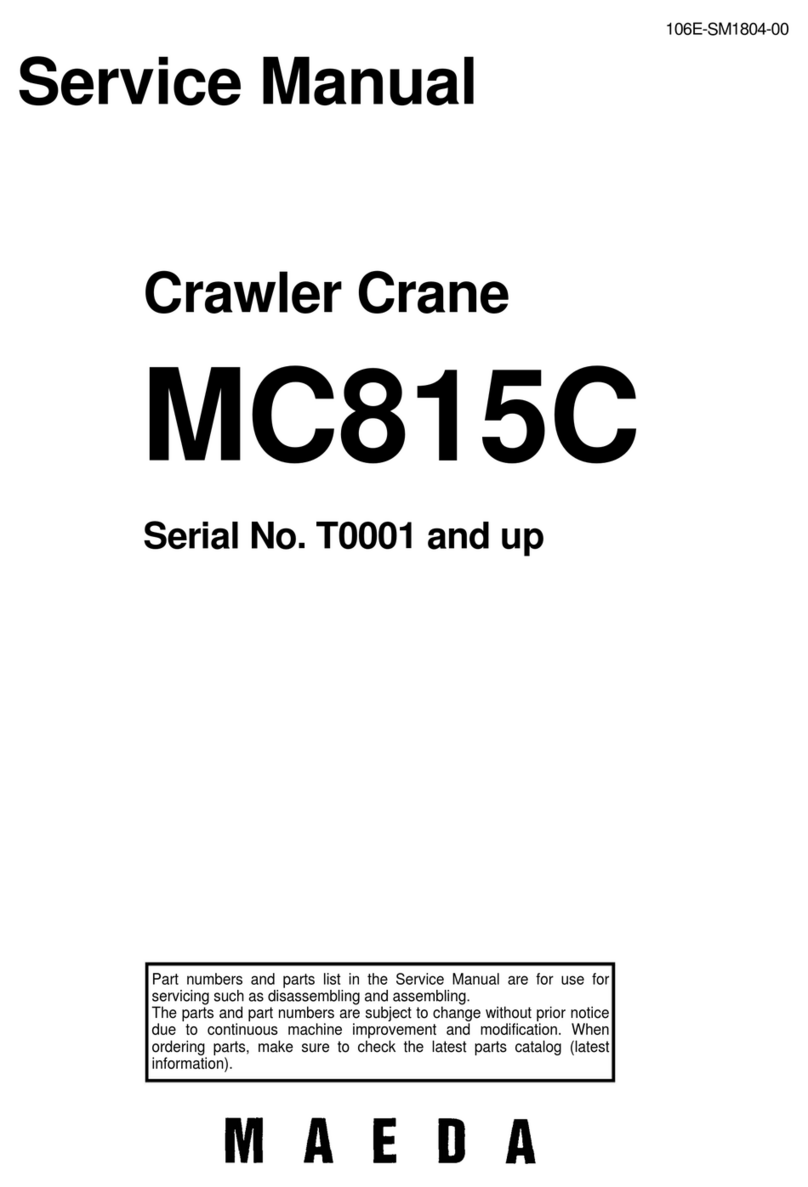
Maeda
Maeda MC815C User manual
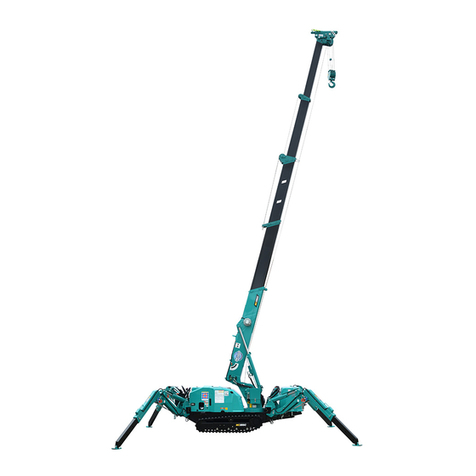
Maeda
Maeda MC285C-3 User manual
Popular Construction Equipment manuals by other brands
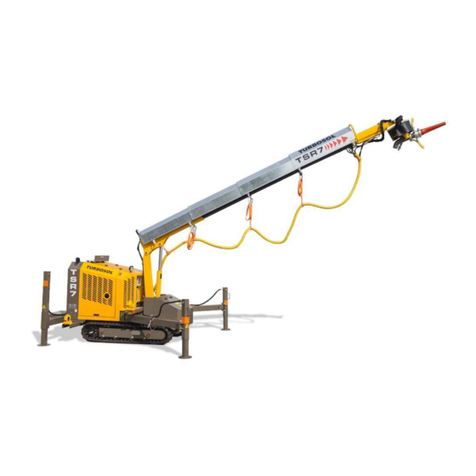
Turbosol
Turbosol TSR 7 Use and maintenance manual
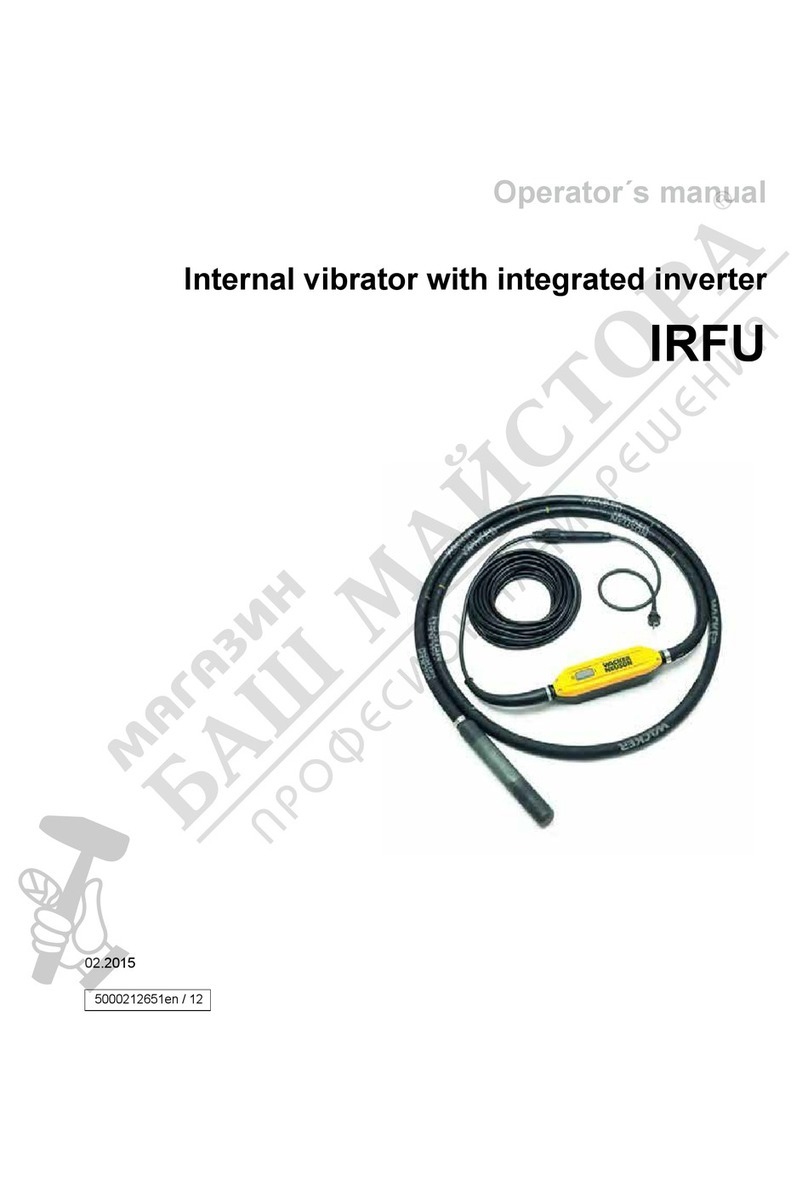
Wacker Neuson
Wacker Neuson IRFU Series Operator's manual
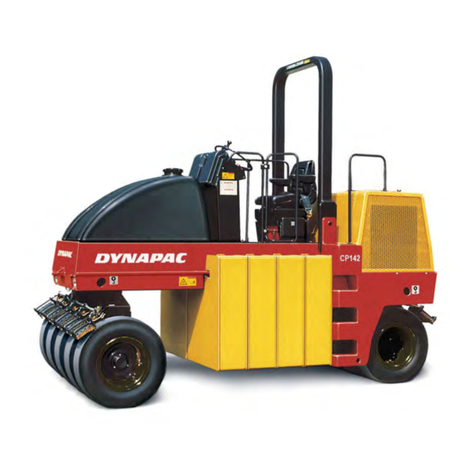
Atlas Copco
Atlas Copco Dynapac CP142 instruction manual
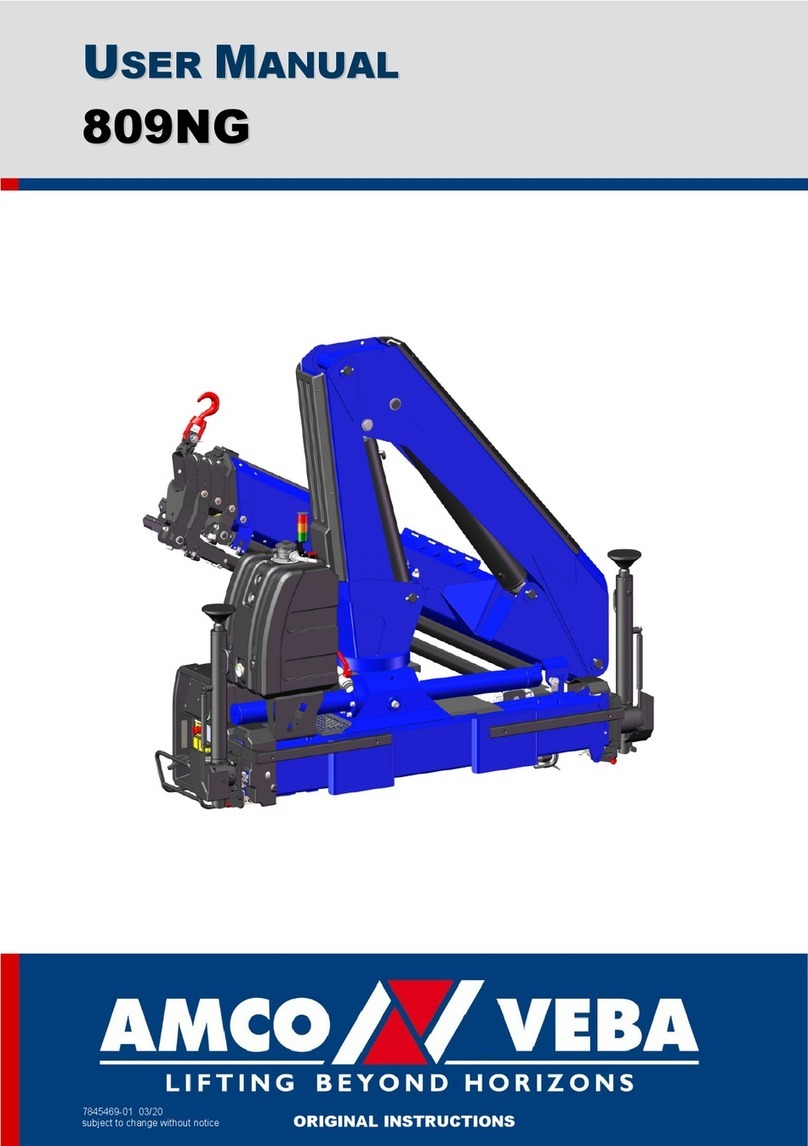
Amco Veba
Amco Veba 809NG user manual
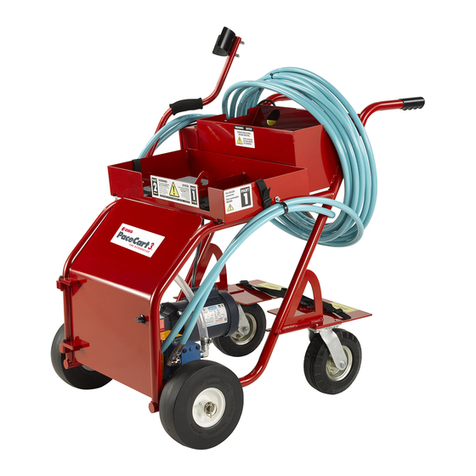
OMG
OMG PaceCart 3 owner's manual
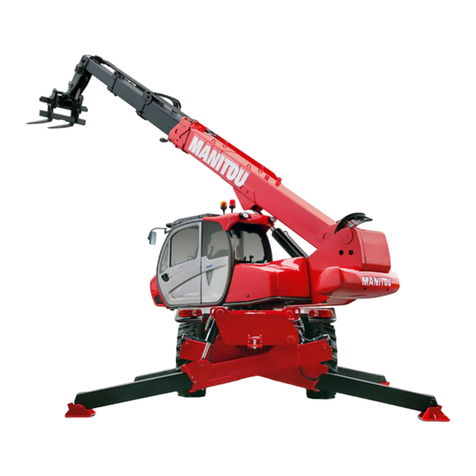
Manitou
Manitou MRT-X 2150 Privilege Plus ST3A S2 Original Operator's Manual


